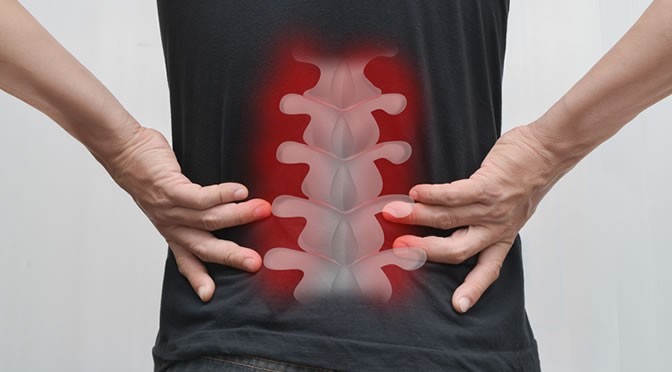Bones grew significantly over six months using specific exercises.
Bone density can be improved by weight-lifting and jumping exercise within 6 months, a new study finds.
The study should help the 16 million men in the U.S. that have low bone mass.
Bone mass loss can result from developing osteoporosis as people age.
Osteoporosis is a condition that makes bones weak and prone to break.
In the study, physically active middle-aged men completed a 60-120 minutes jumping program or a weight-lifting program each week for a year.
In addition, participants took vitamin D and calcium supplements during this period.
In six months the bone mass of the lumbar spine and the whole body grew significantly and at 12 months this improvement was sustained.
The participants who carried out the weight-lifting program had the advantage of increased hip-bone density.
That said, not all kinds of weight-lifting are effective for bone growth — only targeted exercises made the training programs effective in this study.
Dr Pam Hinton, the main author of this study, said:
“Only the bone experiencing the mechanical load is going to get stronger, so we specifically chose exercises that would load the hip and the spine, which is why we had participants do squats, deadlifts, lunges and the overhead press.
Also, the intensity of the loading needs to increase over time to build strength.
Both of the training programs gradually increased in intensity, and our participants also had rest weeks.
Bones need to rest to continue to maximize the response.”
The study also looked at the impact of these programs on fatigue and participants rated pain after completing the exercises.
There was minimal pain and fatigue and this was reduced over the year.
Dr Hinton said:
“Individuals don’t typically have to know they have heart disease, high blood pressure or prediabetes to start exercising — they do it as prevention.
Similarly, individuals don’t have to know they have osteoporosis to start lifting weights.
The interventions we studied are effective, safe and take 60-120 minutes per week to complete, which is feasible for most people.
Also, the exercises can be done at home and require minimal exercise equipment, which adds to the ease of implementing and continuing these interventions.”
The study was published in the journal Bone (Hinton et al., 2015).
Back pain image from Shutterstock
